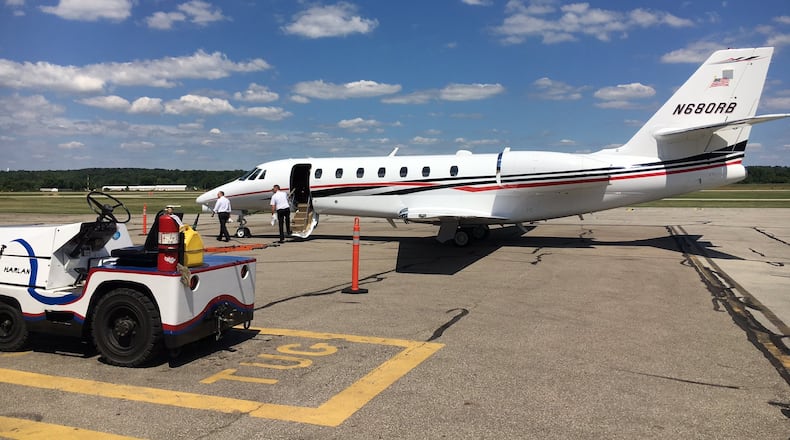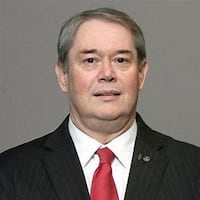A total of 320 tracts were originally recommended to the U.S. Treasury from the state of Ohio earlier this year. The accepted tracts will now be eligible for Opportunity Funds from the U.S. Treasury to invest in economic development to receive a 10-year federal tax break.
“This is a great additional tool in the city of Middletown’s toolbox for our regional airport development. This was a highly competitive opportunity with a condensed timeline,” said Jennifer Ekey, Middletown economic development director. “We look forward to continuing the growth of this tremendous resource in Middletown.”
City officials said census tracts are located within county boundaries and determined by population. Development started by calculating 25 percent of each county’s eligible census tracts. Then, submissions were reviewed by county. Demonstrated local cooperation and ongoing projects already at the site were among the key factors for selection.
Middletown officials have been working to diversify the future development of the airport with various aviation maintenance support components including the development of a drone school and an avionics and electronics maintenance program in collaboration with Cincinnati State, Butler Tech and Middletown City Schools. The airport is in line to receive about $750,000 in state capital improvement project funding this year to develop the Southwest Ohio Aviation Workforce Institute at the airport as the city invests in developing the prime airport property to bring in additional jobs and education opportunities.
The city has been successful in the past few years in obtaining federal and state funding for various infrastructure projects at the airport, according to Matt Eisenbraun, assistant economic development coordinator.
Those projects included the paving of taxiways, ramps and aprons as well as other pavement repair projects in 2017; runway lighting improvement projects planned for 2018; and taxi lights and runway markings planned for 2019.
In addition, the city is currently updating its airport master plan so that it can continue to receive federal funding for future projects. Eisenbraun also reported that airport’s hangars are at capacity.
About the Author

